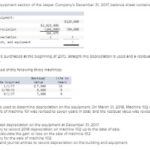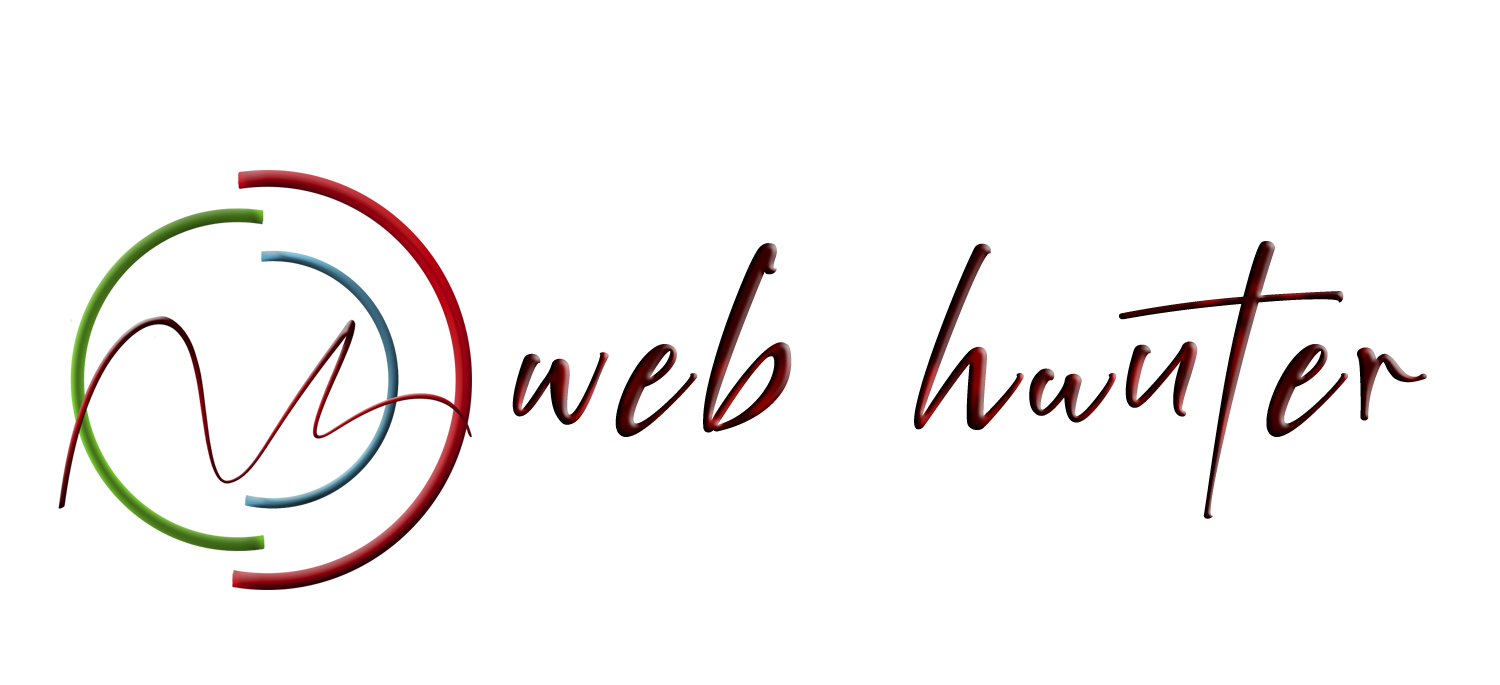The Ultimate Small Business Accounting Checklist

You may also need a minimum opening deposit if the bank requires one. Minimum deposit requirements can depend on the type of business account and whether you’re opening the account at a traditional bank, credit union, or online bank. As a business owner, it is important to understand your company’s financial health. Bookkeeping puts all the information in so that you can extract the necessary information to make decisions about hiring, marketing and growth.
- If you don’t have a budget in place, you can review the income statements year over year.
- When you know your financial tracks are covered, you can focus on the exciting aspects of running your business and bringing new ideas to life.
- If your taxable supplies reach more than $1.5 million you must switch to quarterly reporting, and if they exceed $6 million, you must switch to monthly reporting.
- Other elements are completed at certain time periods as necessary to complete a business task.
- Start by learning all about how to open a business bank account, then check out our top recs for business checking and business savings accounts to find the right account for you.
Orgs & Businesses
With these basic accounting tips for small-business owners under your belt, we’re sure you have the tools you need for small-business success. Alternatively, as you set up your accounting software, introduction to cash budget you should see a list of optional financial accounts for you to add to your chart of accounts and general ledger. If your accounting software is connected to your bank and synced daily, there’s no need to wait for your monthly bank statement.
At the end of your fiscal year, you will look at this account again to determine what receivables you will need to send to collections or write off for a deduction. Business bank reconciliation makes it easier to discover and correct errors or omissions—either by you or the bank—in time to correct them. While you could handle accounting for your small business on your own, you may consider outsourcing it to an accounting professional. For instance, you might choose to start your fiscal year on July 1 and end it on June 30 of the following calendar year. Or you may choose a more traditional approach and have your fiscal year follow the standard calendar year, depending on what works best for your business.
Bookkeeping Tools and Software
Your accounting software can easily assist in reconciling your checkbook when it comes time to do so. Accounting software like QuickBooks can help you generate financial reports, manage taxes, and take care of other small business accounting tasks. This kind of software can make your life as a business owner much, debit balance financial definition of debit balance much easier. If you’re still feeling uncertain, don’t be afraid to speak with a professional bookkeeping service about securing their help. Forecasting your cash flow and cash requirements over the week and month ahead will help you understand how much money will be coming in and going out of your business. A cash flow statement will clarify where you stand so you can confidently pay your immediate bills and plan for future expenses.
If you check regularly (and compare to prior months’ numbers), it’s easier to make adjustments so you are neither short nor overloaded. Reconciling your cash makes it easier to discover and correct any errors or omissions — either by you or by the bank — in time to correct them. Keep copies of all invoices sent, all cash receipts (cash, cheque, and credit card deposits), and all cash payments (cash, cheques, credit card statements, etc.).

Using a software program can how to calculate fcff and fcfe also eliminate the need to retain a full-time accountant, which can add to your business expenses. When doing the bookkeeping, you’ll generally follow the following four steps to make sure that the books are up to date and accurate. Remember that each transaction is assigned to a specific account that is later posted to the general ledger.
Accounting Methods
Plus, you can make more informed business decisions about how to spend it. As a self-employed small business owner, you’re responsible for making quarterly income tax payments. While you will want to calculate all of those figures exactly, you can use last year’s income figures as a guide. Before you cut any checks or plan to outlay cash for new or longer-term expenses, check your cash balance. You need to know that you have enough in your accounts to cover any checks that you plan to write. Use your accounting software platform to verify your balances and get a handle on your cash position each day.
Ensuring that all customer payments are applied within the system will help paint a clear picture of your cash flow. If you’re self-employed, you’ll pay self-employment taxes, which is a little different from small-business taxes and personal taxes. You can get more guidance on how to record and pay a small-business tax with your accounting software and tax professional. Most accounting software automates entering information from the documents above. For instance, receipt scanners let you take photos of receipts that you upload to your software for easy journal-entry generation.
But if you open a business account, you can organise all your expenses and earnings in one place. When starting a small business, it’s essential to consider your accounting. Financial accounting is an HMRC requirement and a crucial way to track your financial performance and profitability. Your company’s balance sheet is a snapshot of your assets and liabilities. The difference between the two lets you know how much equity you have in your small business. Comparing one date against another on your balance sheet – month over month, for example – will help you identify any dramatic ups and downs.






